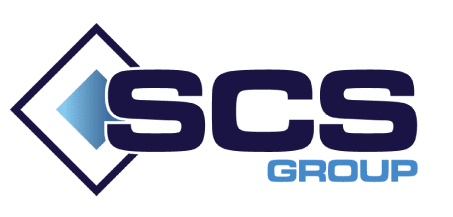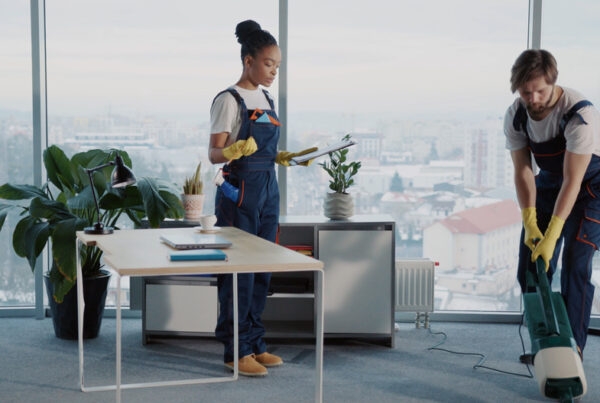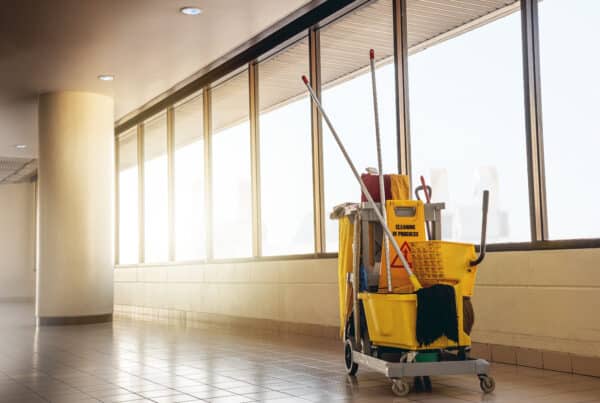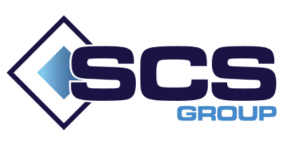Measuring Excellence: Metrics for Evaluating Professional Cleaning Service
Commercial cleaning services play a pivotal role in maintaining the cleanliness and hygiene of businesses and organizations. However, to ensure that these services are meeting the desired standards, it's essential to establish clear metrics for evaluating their excellence. In this comprehensive guide, we will explore the key metrics and indicators that can help businesses and facility managers assess the performance and effectiveness of their commercial cleaning services.
The Significance of Measuring Cleaning Excellence
Effective commercial cleaning service is not merely about appearances; it directly impacts a business's operations, health and safety, and reputation. Measuring cleaning excellence provides several benefits:
- Health and Safety: A clean environment promotes employee health and reduces the risk of accidents and illnesses.
- Operational Efficiency: A well-maintained workspace supports efficient business operations.
- Positive Image: A clean and inviting space enhances the reputation of the business and leaves a positive impression on clients, visitors, and employees.
- Cost Efficiency: Monitoring cleaning performance can help identify cost-saving opportunities and prevent unnecessary expenses.
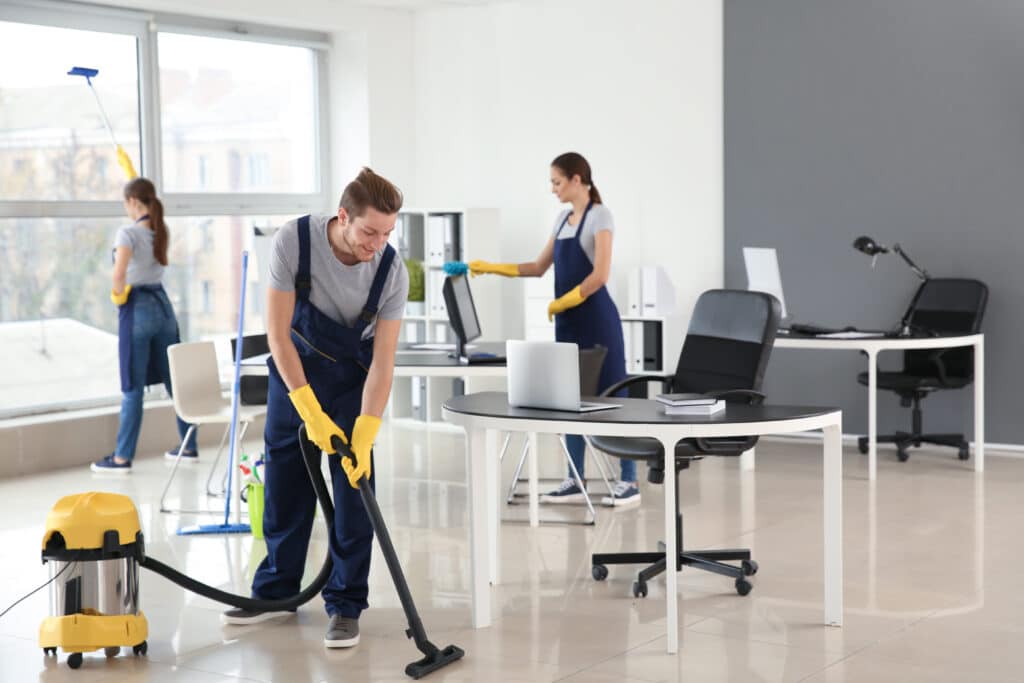
Key Metrics for Evaluating Cleaning Excellence
1. Cleaning Frequency and Consistency
- Metric: number of cleaning sessions per week or month.
- Rationale: Regular, consistent commercial cleaning is essential for preventing the buildup of dirt, germs, and allergens.
2. Cleaning Time and Efficiency
- Metric: Time taken to clean specific areas or workspaces.
- Rationale: Efficiency in completing commercial cleaning tasks reflects the professionalism of the cleaning crew.
3. Cleaning Complaints and Feedback
- Metric: number and nature of commercial cleaning-related complaints and feedback.
- Rationale: Tracking complaints helps identify areas for improvement and ensures customer satisfaction.
4. Surface and Equipment Inspection
- Metric: Regular inspection of surfaces, equipment, and high-touch points.
- Rationale: Visual inspections help identify areas that require attention and ensure thorough cleaning.
5. Health and Safety Compliance
- Metric: Adherence to health and safety protocols and standards.
- Rationale: Compliance with safety measures is crucial for protecting occupants' well-being.
6. Waste Management
- Metric: Proper disposal of waste and recycling materials.
- Rationale: Effective waste management contributes to a clean and sustainable environment.
7. Productivity and Cost Analysis
- Metric: Cost per square foot or per commercial cleaning session.
- Rationale: Analyzing costs helps optimize commercial cleaning budgets and resources.
8. Environmental Sustainability
- Metric: Use of eco-friendly cleaning products and sustainable practices.
- Rationale: Sustainability efforts contribute to a healthier planet and can be a selling point for businesses.
9. Client and Employee Satisfaction Surveys
- Metric: Scores and feedback from clients and employees.
- Rationale: High satisfaction scores indicate effective professional cleaning services and a positive environment.
10. How It Is Mesured For Compliance with Service Level Agreements (SLAs)
Measuring the success of professional cleaning service excellence is essential for maintaining high hygiene standards in various environments, including manufacturing facilities, healthcare settings, offices, and homes. Effective commercial cleaning not only ensures a safe and healthy environment but also contributes to overall productivity and well-being. Here are some key metrics and methods for evaluating cleaning excellence:
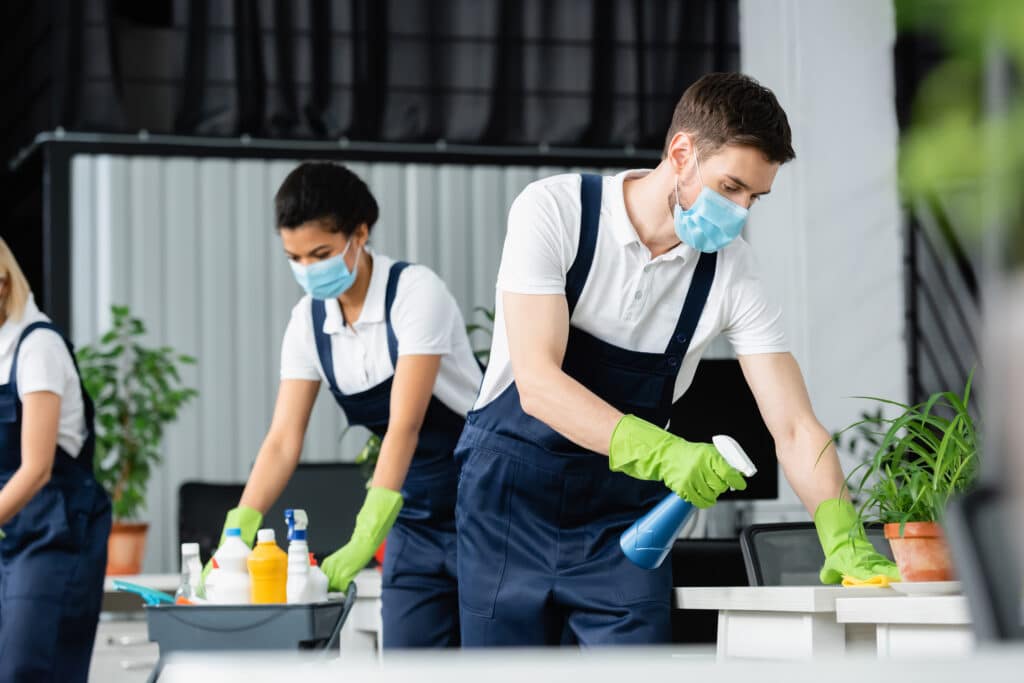
Surface Cleanliness Score:
Adenosine Triphosphate (ATP) Testing: ATP meters measure organic residue on surfaces, providing an objective measure of cleanliness. Lower ATP readings indicate better cleaning performance.
Visual Inspection:
Appearance and Shine: Evaluate the visual cleanliness and shine of surfaces, including floors, countertops, and glass. Streaks, stains, or smudges can indicate cleaning deficiencies.
No Residue: Ensure that professional cleaning agents leave no visible residue on surfaces. Residue can attract dirt and compromise cleanliness.
Microbiological Testing:
Swab Testing: Swabbing surfaces and testing for the presence of harmful microorganisms (e.g., bacteria, viruses) can assess the effectiveness of disinfection and sanitation efforts.
Cleaning Frequency:
Cleaning Schedule Adherence: Measure whether professional cleaning tasks are completed on schedule. Delays can result in the accumulation of dirt and contaminants.
Waste Generation and Disposal:
Waste Volume: Track the volume of waste generated during cleaning operations. A significant increase may suggest inefficiencies or a lack of proper disposal practices.
Health and Safety Metrics:
Infection Rates: In healthcare settings, monitor healthcare-associated infection rates. Lower rates indicate better professional cleaning and infection control.
Occupational Health Incidents: Track incidents of cleaning staff experiencing health issues related to professional cleaning agents or equipment. Lower incidents suggest safer practices.
Customer or Occupant Satisfaction Surveys:
Feedback and Complaints: Gather feedback from occupants or customers regarding cleanliness levels. Addressing complaints and improving satisfaction can indicate professional cleaning service excellence.
Quality Assurance Audits:
Internal Audits: Conduct regular internal audits to ensure professional cleaning protocols and standards are being followed. Corrective actions can be taken based on audit findings.
Third-Party Audits: Engage third-party auditors to accessories professional cleaning performance impartially and provide recommendations for improvement.
Cost Efficiency:
Cost per Square Foot: Calculate the cost of cleaning per unit area. Efficiency gains can be achieved by optimizing resource allocation.
Environmental Impact:
Chemical Usage: Monitor the volume and type of cleaning chemicals used. Strive for environmentally friendly and sustainable options.
Energy Efficiency: Assess the energy consumption of cleaning equipment and facilities. Energy-efficient practices reduce environmental impacts.
Equipment maintenance and downtime:
Equipment Uptime: Measure the availability and reliability of cleaning equipment. Downtime can disrupt cleaning schedules and impact cleanliness.
Training and certification:
Staff Training Records: Keep records of staff training and certifications in cleaning procedures. Well-trained staff are more likely to achieve cleaning excellence.
Compliance with Standards and Regulations:
Regulatory Compliance: Ensure adherence to local, state, and federal cleaning and sanitation regulations and standards.
Sustainability and Green Cleaning:
Green Cleaning Certifications: Pursue certifications for sustainable and environmentally friendly cleaning practices, such as LEED or Green Seal.
Time and Labor Tracking:
Labor Hours: Track the time spent on cleaning tasks. Efficiency gains can be realized through improved time management.
Inventory Management:
Cleaning Supplies Inventory: Monitor the levels of cleaning supplies and ensure efficient inventory management to avoid shortages or excesses.
Evaluating professional cleaning service excellence involves a combination of objective measurements, stakeholder feedback, and continuous improvement efforts. Regularly reviewing and analyzing these metrics can help organizations maintain a high level of cleanliness, hygiene, and overall operational efficiency.
- **Metric:** Adherence to SLAs, including response times and service quality.
- **Rationale:** SLA compliance ensures that the cleaning service meets agreed-upon standards.
Implementing a Measurement Framework
To effectively measure office building cleaning service excellence, consider implementing the following framework:
Set Clear Standards: Define specific professional cleaning standards and expectations, including office building cleaning frequencies, methods, and quality benchmarks.
Collect Data: Regularly gather data related to the chosen metrics. This can involve inspections, surveys, and performance reports.
Analyze and Interpret Data: Use collected data to assess the performance of the professional cleaning service. Identify trends, areas for improvement, and opportunities to enhance efficiency.
Implement Improvements: Based on data analysis, implement necessary improvements and adjustments to the cleaning processes.
Continuous Monitoring: Continuously monitor performance and regularly review and update professional cleaning standards and metrics.
Communication: Maintain open communication with the cleaning service provider to ensure alignment with performance expectations.
Conclusion
Measuring professional cleaning service excellence in commercial settings is crucial for maintaining a clean, safe, and efficient environment. By establishing and monitoring key metrics, businesses and facility managers can ensure that their professional cleaning services consistently meet high standards, contributing to the overall success of the organization.
SCS Group Integrated Services: Elevating Professional Cleaning Service Excellence in Adelaide
In the realm of professional cleaning services, SCS Group Integrated Services shines as the epitome of excellence as the top cleaning service provider in Adelaide.
Cleaning companies play an indispensable role in maintaining the cleanliness and hygiene of various establishments. However, to ensure that these professional cleaning services meet and exceed expectations, it's essential to establish clear metrics for evaluating their excellence. In this comprehensive guide, we delve into the key metrics and indicators that can help businesses and facility managers assess the performance and effectiveness of professional cleaning services, with a specific focus on SCS Group Integrated Services in Adelaide.
SCS Group Integrated Services has raised the bar for professional cleaning service excellence. By adopting a multifaceted approach that combines objective measurements, stakeholder feedback, and continuous improvement efforts, they have set a standard that ensures a high level of cleanliness, hygiene, and overall operational efficiency. In conclusion, their commitment to elevating office cleaning excellence in Adelaide exemplifies their dedication to creating clean, safe, and efficient environments that contribute to the overall success of the organizations they serve.
SCS Group Integrated Services excels in key metrics such as cleaning frequency and consistency, corporate cleaning time and efficiency, handling commercial cleaning complaints and feedback, conducting thorough surface and equipment inspections, ensuring health and safety compliance, effective waste management, and optimizing productivity and cost analysis. Their commitment to environmental sustainability and eco friendly cleaning practices is also noteworthy.
